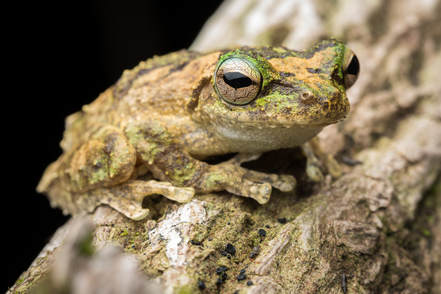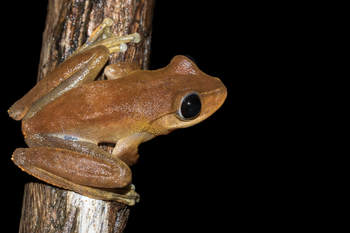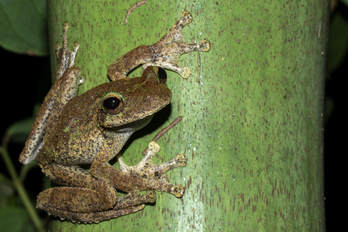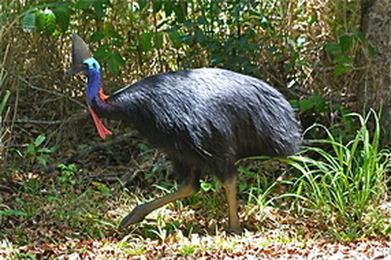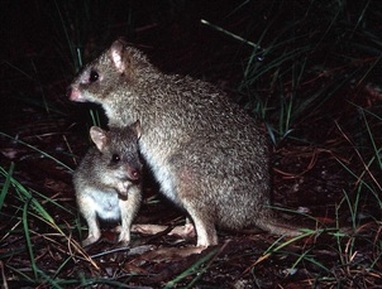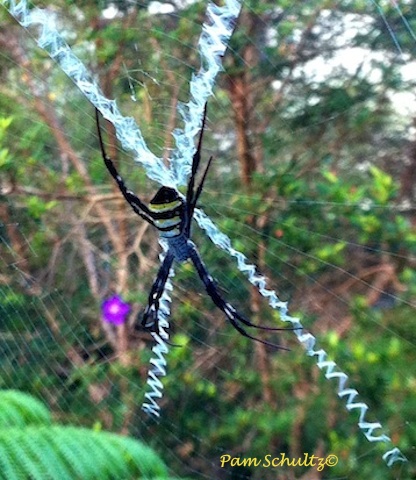Kuranda's Diversity
Kuranda is located at one of the narrowest necks in the World Heritage listed Wet Tropics of Far North Queensland. The Kuranda area includes wet tropical rainforest, wet schlerophyll forest, and drier open forest, all in close proximity.
(See Vegetation Map)
This diversity of habitat means that there is also a diversity of wildlife in the area.
|
|
Kuranda Tree Frog and frog friends
The Kuranda Tree Frog (Litoria myola) breeds on small streams in the bioregion of the Wet Tropics World Heritage listed rainforest in north Queensland, Australia. The conservation status classification of the International Union for Conservation of Nature (IUCN), is Critically Endangered and Endangered under the Australian Environment Protection and Biodiversity Conservation Act 1999 (EPBC Act). The Common Mist Frog (Litoria rheccola) and the Lacelid Frog (Litoria dayi) are also listed as Endangered and share the Kuranda Tree Frogs habitat as well as being present elsewhere in the Wet Tropics. The Lace lid has been detected since 2016 by the local citizen science frog monitoring team after a 15 year absence however, the Common Mist frog has not been sited here in nearly two decades.
|
Frog Friendly Property
Learn about how you can make your property a refuge for frogs and other wildlife.
Southern Cassowary
The Kuranda rainforest is home to one of the few remaining populations of the endangered Southern Cassowary (Casuarius casuarius).
|
Northern Bettong
The wet schlerophyll forest, dominated by the huge straight trunks of Rose Gums (Eucalyptus grandis) and with a more open understorey, is home to a different range of animals. Among these, the Northern Bettong (Bettongia tropica) is one of the rarest and most endangered.
|
Northern & Spotted Tail Quolls
The Northern Quoll (Dasyurus hallucatus) is one of two quolls, possum sized marsupial carnivores, found in Far North Queensland. This is the smaller of the two, weighing up to 900gm, while the Spotted Tail Quoll which is found in thick forest on mountain tops and weighs as much as 7kg. The Northern Quoll has white spots on the body, but not the tail, and lives in open forest in rocky areas close to water.
|
Butterflies & other insects
Kuranda was once considered the butterfly capital of Australia. Australia’s largest butterfly, the female of the Cairns Birdwing, (Ornithoptera priamus euphorion) is common here, seeking out Aristolochia deltantha vines on which to lay her eggs.
|
|
|
|

